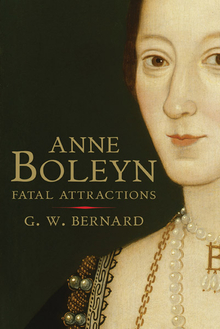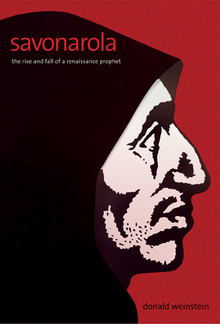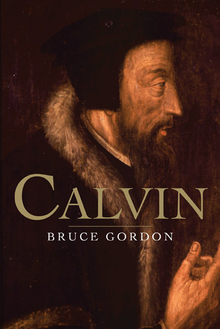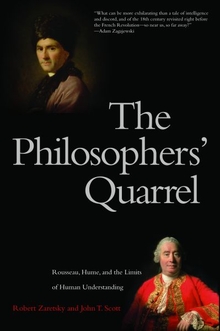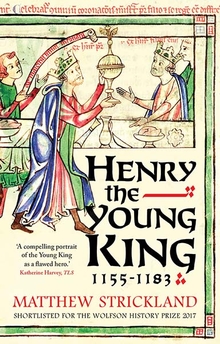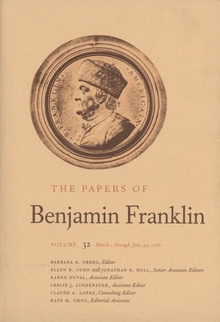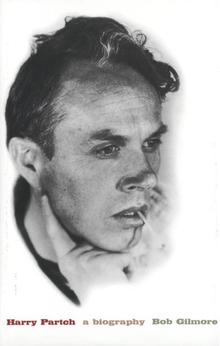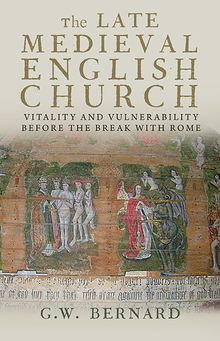Anne Boleyn
WARNING
You are viewing an older version of the Yalebooks website. Please visit out new website with more updated information and a better user experience: https://www.yalebooks.com
Fatal Attractions
G. W. Bernard
A new look at Henry VIII's second wife, Anne Boleyn
"Will certainly make readers think again about what we really know about Henry VIII's most controversial wife—and what we have merely become accustomed to believe we know about her."—Paul Hammer, University of Colorado at Boulder
In this groundbreaking new biography, G. W. Bernard offers a fresh portrait of one of England’s most captivating queens. Through a wide-ranging forensic examination of sixteenth-century sources, Bernard reconsiders Boleyn’s girlhood, her experience at the French court, the nature of her relationship with Henry, and the authenticity of her evangelical sympathies.
He depicts Anne Boleyn as a captivating, intelligent, and highly sexual woman whose attractions Henry resisted for years until marriage could ensure legitimacy for their offspring. He shows that it was Henry, not Anne, who developed the ideas that led to the break with Rome. And, most radically, he argues that the allegations of adultery that led to Anne’s execution in the Tower could be close to the truth.
"Here at long last is a historian of great skill and persuasive power…who cuts through the fog of speculation to get to the woman herself, in a book whose accessible style will mean that most readers, like this one, will devour it in a single setting."— Alexander Lucie-Smith, Catholic Herald
‘Bernard deals with historical reputations and questions of guilt and innocence in his magnificent new life of Anne Boleyn…It is brilliantly argued, sometimes exhaustingly so, but it will reward those who come to it with an open mind.’ — Linda Porter, History Today
‘A close-up, fine-focus retelling of dysfunctional royal family history…G W Bernard argues that Anne Boleyn, King Henry’s most controversial temporary queen was very different from her popular sanitised portrait.’ — Patrick Skene Catling, Irish Times
“It is energetic, contentious and refreshing, and an object lesson in how to write history without taking anything for granted.”—Lucy Wooding, English Historical Review
Publication Date: May 31, 2011
16 b/w illus. 8pp section

